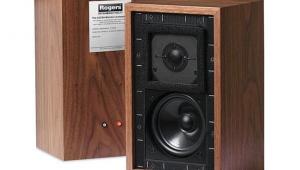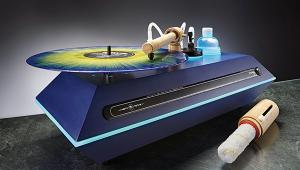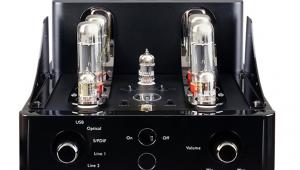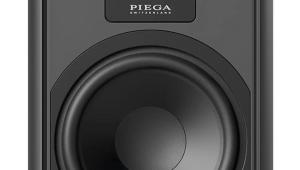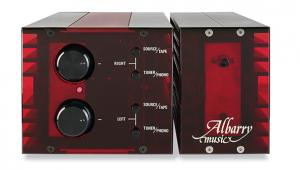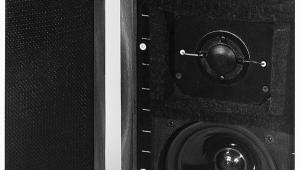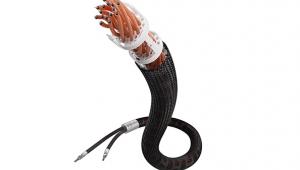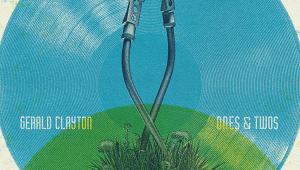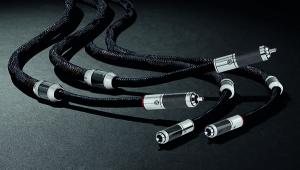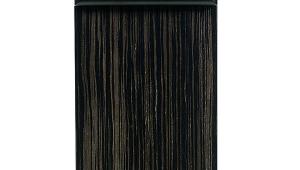The Record Plant returns
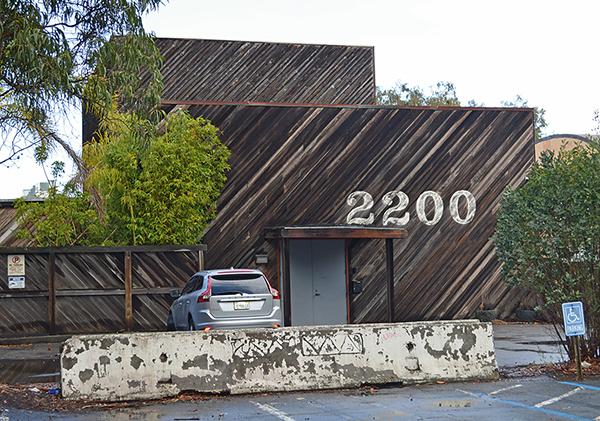
The outside needs a lick of paint, but otherwise this famous Bay Area recording studio is ready to make music once more, this time as a non-profit. Barry Willis salutes its owners’ ambition
Perhaps only a few local residents recognise the historical importance of an old, tired-looking building on the edge of the industrial area of Sausalito, California. Resembling a windowless barn clad in decaying bias-cut redwood, the funky structure at 2200 Bridgeway was once the legendary Record Plant [HFN May ’23], one of three ‘sister studios’ that ruled the roost of rock and pop recording 40 and 50 years ago. The other two – also long gone – were in New York and Los Angeles.
This outpost, on the north shore of the San Francisco Bay, generated many iconic recordings of the 1970s and ’80s, including Stevie Wonder’s Songs In The Key Of Life and Fleetwood Mac’s Rumours. It was also home to dozens of rock and pop music stars, including Sly Stone, Rick James, Huey Lewis and The News, Metallica, and many others.
Inside story
The studio was shuttered 17 years ago, but not demolished, despite sky-high demand for buildable property where it sits. A look at the outside of the structure now yields no clue as to how or why it was preserved. But while its exterior is badly in need of repair, its interior is intact and has been updated to serve the recording needs of a new generation of musicians. It also houses memorabilia and artefacts from the classic rock era.
This expensive rehabilitation project is the work of a couple of Silicon Valley philanthropists and music lovers called Jim Rees and Chris Skarakis. Now rechristened 2200 Studios and ‘revitalised with a solid mix of vintage and modern technology’, the studio is operated as a non-profit.
‘It’s not a money-making option’, Skarakis told the Marin Independent Journal last October. ‘It’s about preserving the heritage and the culture that the Record Plant brought to the San Francisco Bay Area music scene.’ The owners are also hoping to produce a documentary film about the studio. Presumably this would touch on infamous tales such as Sly Stone installing a red velvet bed in a sunken space called ‘the Pit’, and the studio being run by the US government in the 1980s after its owner was arrested for laundering drug money.
‘All the revenues we can bring in as a professional, high-end recording studio go right back into the business, right back into community outreach, right back into the educational aspects of it, and toward the preservation of the building and its heritage’, Skarakis revealed. ‘We’re trying to figure out what could be a functional sustainable model for legendary studios. Instead of going bankrupt and shutting doors, we can shift it into a non-profit environment and make it accessible to the community.’
Such good intentions and hard work by Rees and Skarakis may yield fruit, although a walk around the exterior of the property provokes doubts about whether there’s room to give the place the ‘bigger footprint’ that Skarakis has hopes for. Parking is limited, and the building is bordered by a high wall on one side and a narrow one-way street on the other.
Still, the fact that two music lovers have poured so much time, energy, and money into its regeneration gives plenty of hope. And, like the refurb of Muscle Shoals Sound [p90], shows how our music history is worth preserving.







